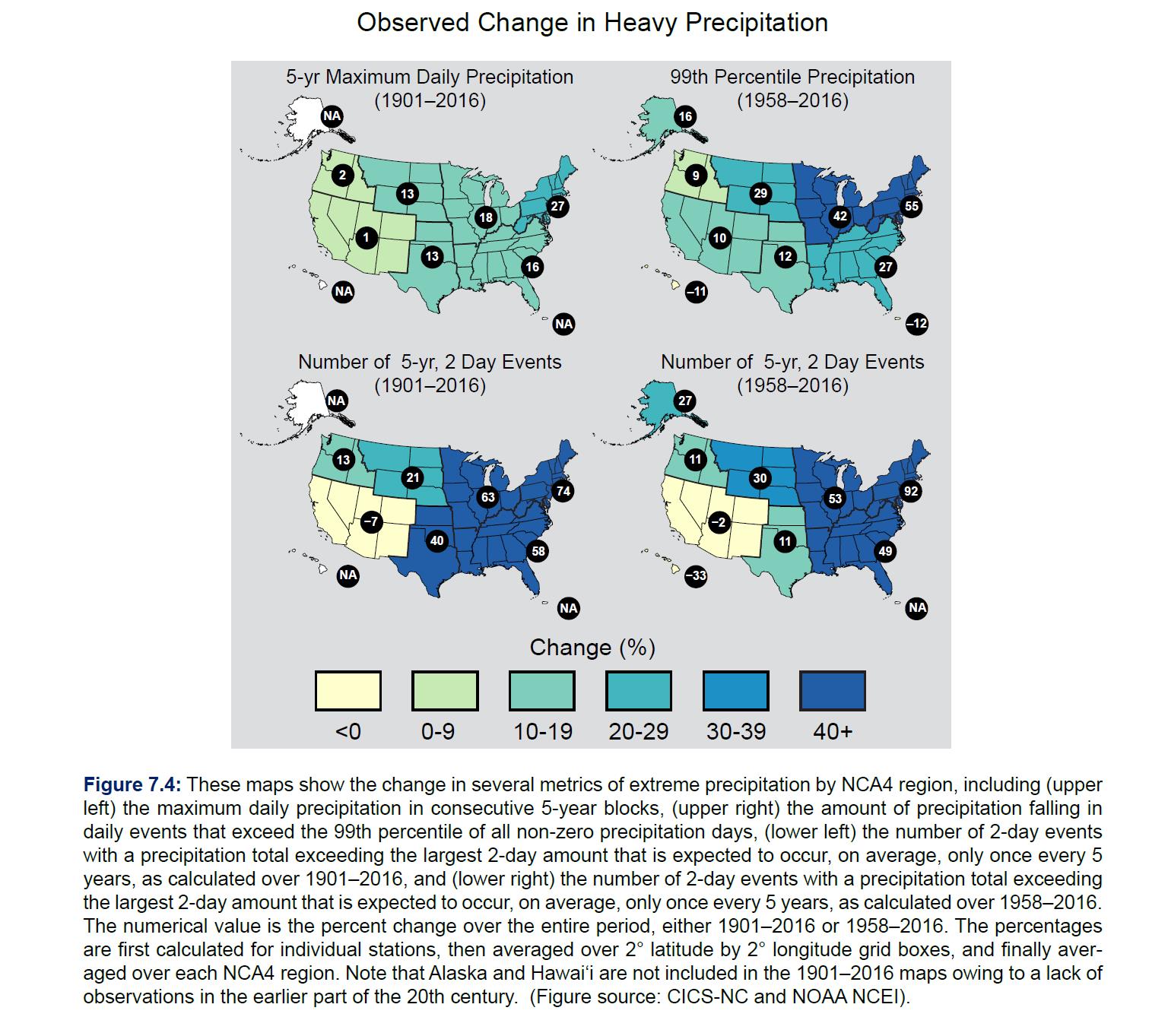The connection between Arctic sea ice cover and more extreme weather events
A recent study on the North Pacific circulation patterns over the past 1.2 million years determined that sea ice on coastal areas can be an important factor in ocean circulation, therefore influencing climate at global and regional levels. In addition to affecting the ocean circulation patterns, Arctic sea ice is melting more rapidly and for longer periods each year, and is unable to replenish itself at the historical thickness levels in the briefer, warmer winter season. This can destabilize the polar vortex (see below) and raise the barometric pressure within it.The jet stream, polar vortex, and El Niño
The polar vortex was notably unstable during several recent winter seasons, which in turn influenced the jet stream. For example, during the 2011/2012 winter, there was a shift in the position of the jet stream. Typically New England, the Great Lakes, and parts of the Great Plains sit north of the jet stream and remain cold in the winter season. However, the 2011/2012 position of the jet stream meant these regions were south of it for most of the winter, which helped produce the fourth warmest US winter on record. The lack of snowfall and snowpack for the winter of 2011/2012 and the following spring was a precursor to the large drought episode that impacted two-thirds of the nation during the following summer and autumn.Global warming is already having measurable effects on our weather
Global warming is causing more intense rain and snowstorms in the United States, and making extreme events such as the January 2016 snow storm that crippled most of the Mid-Atlantic and Northeast more likely. Studies also find that it made the extreme amount of rain falling over the Houston area during hurricane Harvey more likely. Global warming means hotter air, and hotter air can hold more moisture. This translates into heavier precipitation in the form of more intense rain or snow, simply because more moisture is available to storms. Therefore, less of a region’s precipitation is likely to fall in light storms and more of it in heavy storms.
https://www.ucsusa.org/global-warming/science-and-impacts/science/cold-snow-climate-change.html#.W8YGNfZRfIU
No comments:
Post a Comment